Water Conservation Made Easy
You say to yourself, “Why worry about conserving water? The lakes are all full now, aren’t they?”
Indeed many are full, but veteran Texas gardeners learned long ago that you never know when the next drought may be starting. If it’s not raining, it could already be underway. And, since we aren’t “growing” more lakes at the same pace that we’re growing our cities, we all need to pitch in to do our fair share.
Easy steps anyone can follow…
I have several tips that will help you succeed with your gardening efforts and save water at the same time.
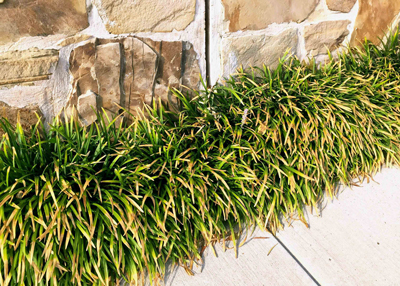
• Start with adapted plants. They don’t have to be “native” plants – just types that are suited to Texas’ hot, dry summer conditions. Your local retail nurseryman can help with your choices.
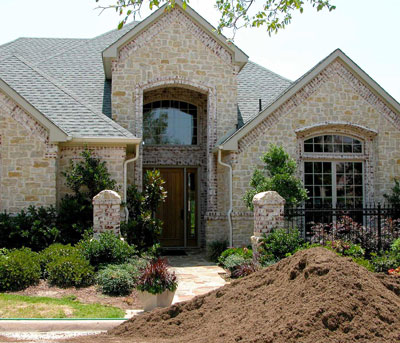
• Prepare soil carefully. Incorporating organic matter and expanded shale will loosen tight clay soils, so that water can penetrate more efficiently. The organic matter will also help the soils retain moisture.
• Water deeply. Then wait until the plants begin to dry before watering again. While I disagree with the claim that “more plants die of overwatering than die from drought,” there’s certainly no need to waste water if plants don’t need it. Learn to recognize signs of dry soil and dry plants, and wait to see those symptoms before you water.
• Water when it’s cool and calm. That’s why many cities require you to water between 6 p.m. and 10 a.m. Water losses to evaporation are lower then. Best time to water if you have an automatic system? Between 2 a.m. and 8 a.m. Watering then lowers the chances of disease. To lessen the effects of wind, use heads and hose-end sprinklers that keep irrigation water at low angles and in fairly large droplets.
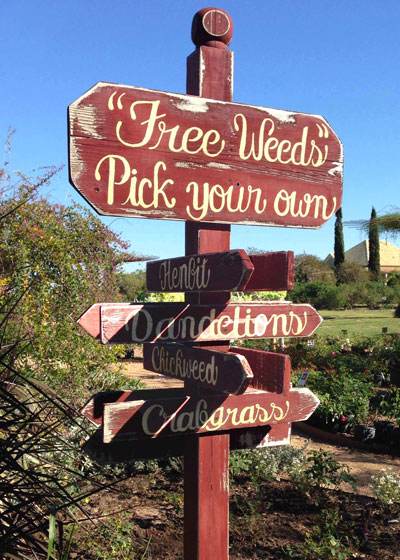
• Remove weeds from your plantings. Weeds are water hogs. Keep them in check. There are herbicides to prevent or eliminate weeds, but get your nurseryman’s specific advice to avoid damage to desirable plants nearby. Mulches will also slow weed development.
• Run an irrigation check-up. If you have an automatic sprinkling system, give it an annual “audit.” Have someone advance it manually through all of its cycles, while you check station-by-station for signs of missing, broken, misaligned, clogged or blocked heads, then take any necessary corrective actions.
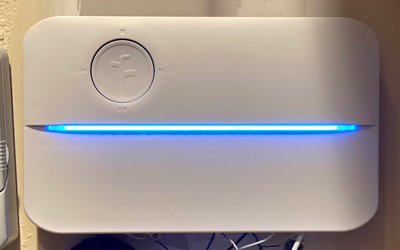
• Have a “smart” controller installed. It will monitor plant types, soil and slopes, weather conditions and then determine when the sprinklers should run.
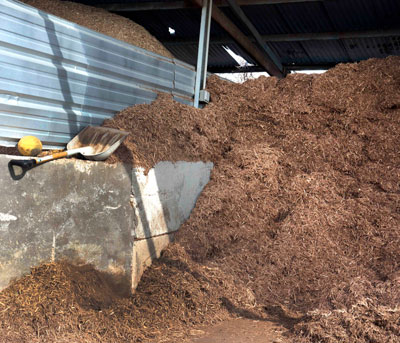
• Mulch your beds. Mulches cut down on the soil-to-air contact, so that lessens water losses due to evaporation. They slow runoff, for better penetration of water into the soil. Use either organic mulches (ground bark, compost, etc.) or inorganic, roll-type mulches.
It would be nice if we gardeners didn’t have to worry about water conservation, but that’s not real life here in Texas. We are where we are, and we all need to pitch in to do our own part. If we’ll just show some common courtesy and good sense, we and our plants can all make it through.
